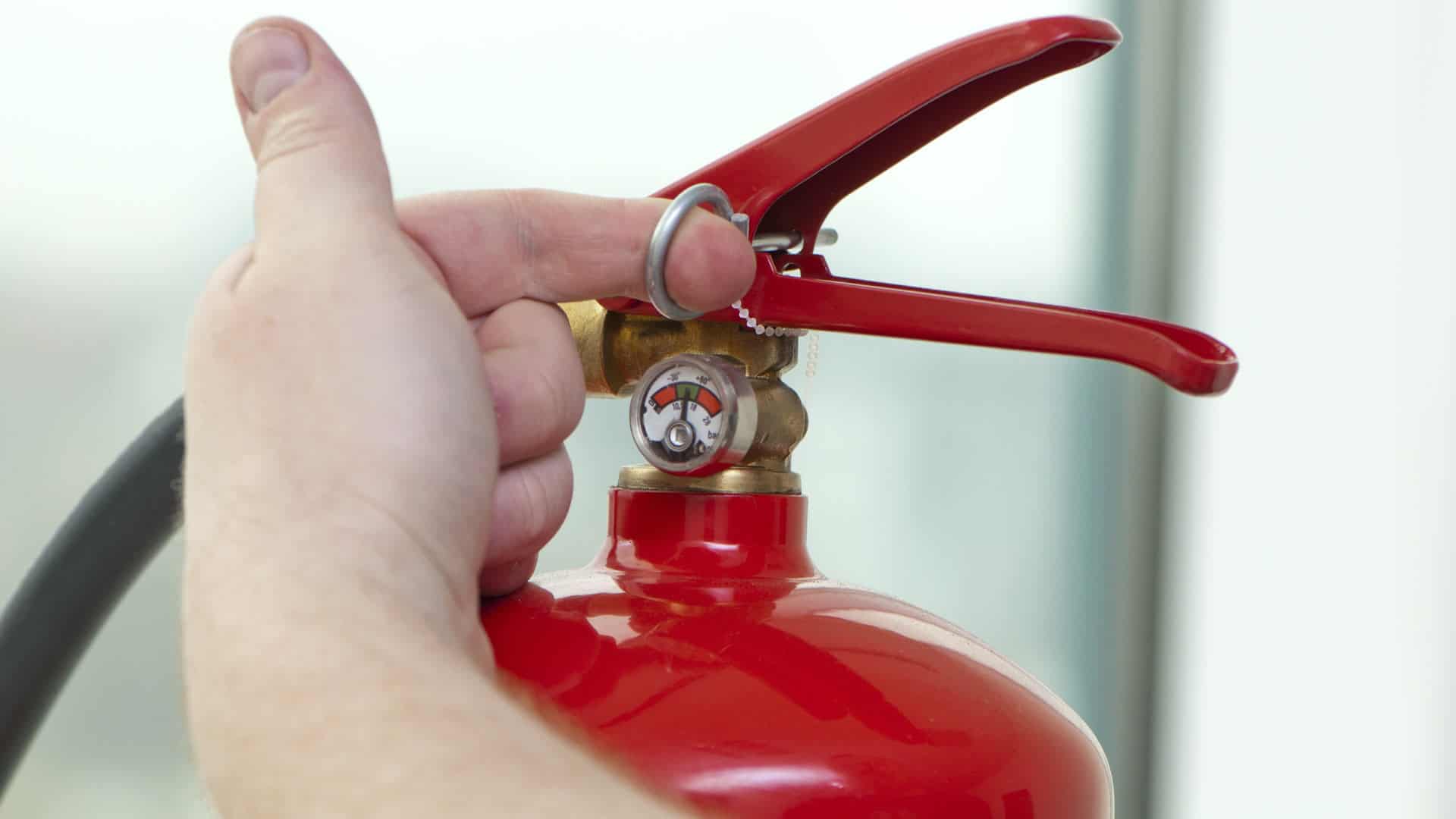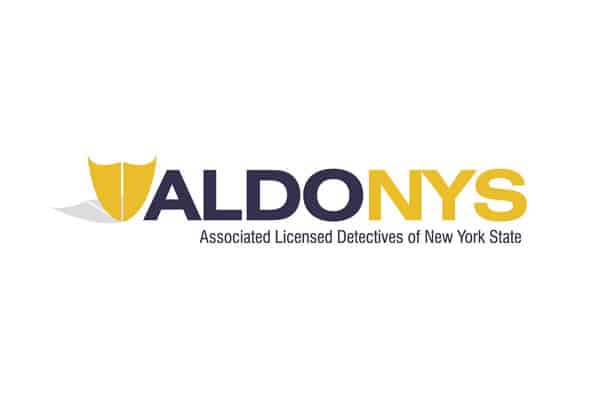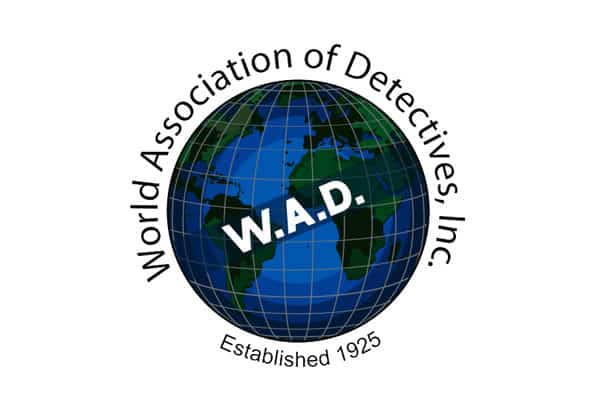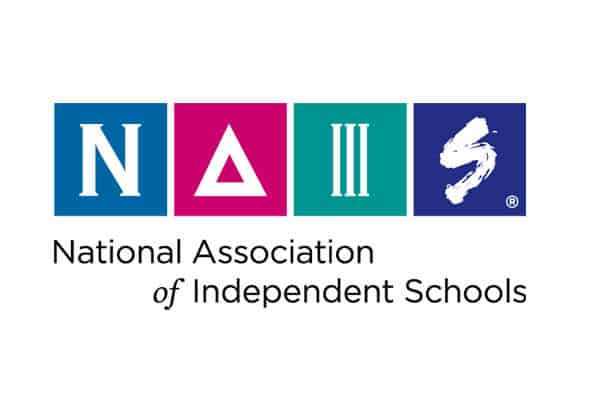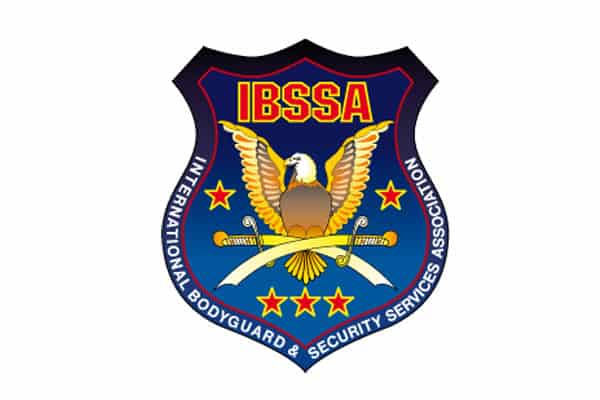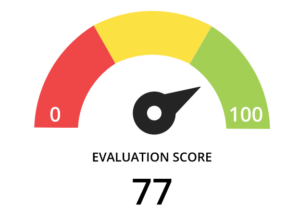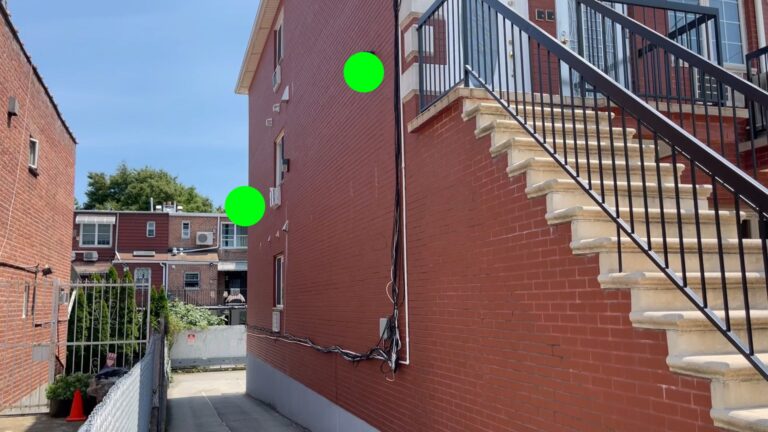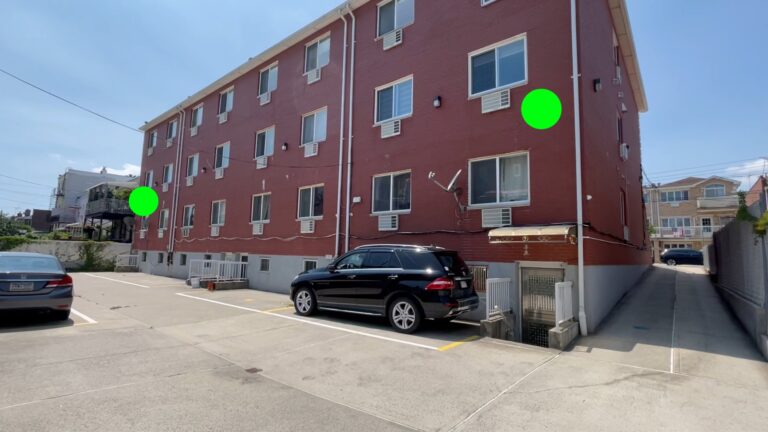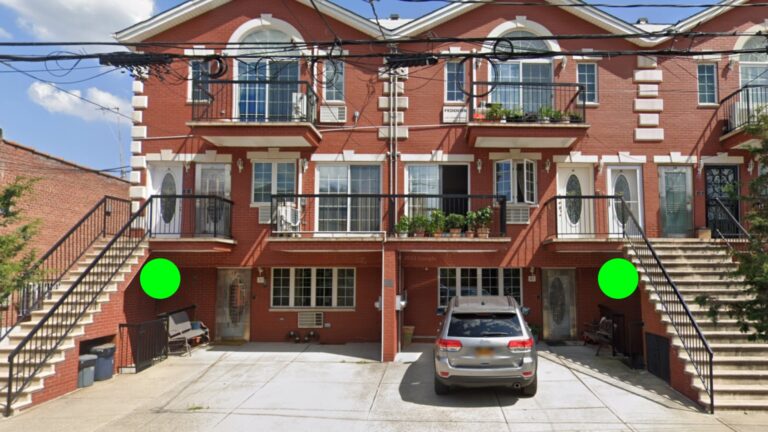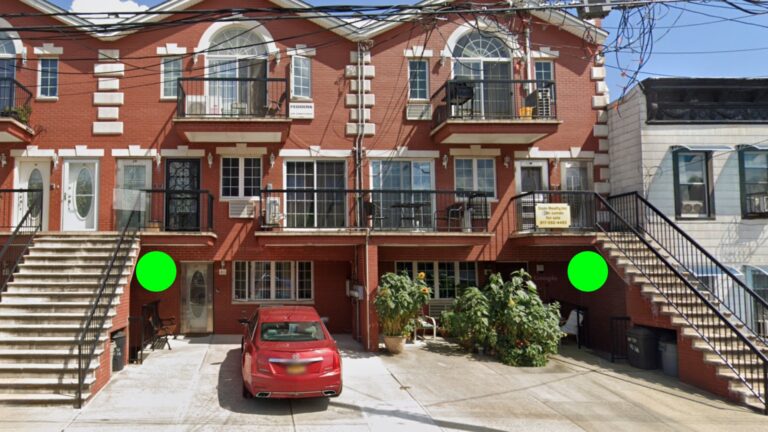Fire and Life Safety Director Training Course
Before anyone can serve as a fire and life safety director, he or she must obtain the required training by completing the FDNY-approved training course. It’s not enough to just have a background as a firefighter or other type of emergency response training. You first need to complete three components of training, covering fire safety, non-fire safety, and active shooter or medical emergency situations. Of course, you might wonder why this training is so essential for obtaining your F-85 Certificate of Fitness. To understand that, you need to be familiar with the types of things this training course will teach you.
The Fire Safety Course
An approved fire safety course will teach you everything you need to know about planning for and responding to a fire-related emergency. The course instructors will educate you about relevant fire-safety jargon and ensure that you are well-grounded in the specific features of a building’s fire safety equipment and command center. You will also learn about human behavior in emergency situations, how to plan and conduct fire drills, and best practices for training others to respond properly when fire strikes. And since your job will be to manage the building’s response, you will also learn how to effectively communicate with first responders during an emergency.
The Non-Fire Safety Course
Obviously, fire is not the only emergency that can threaten a building or its occupants. That’s why your training will also include a non-fire safety component that will ensure you are prepared to manage your building’s Fire Command Center when emergencies occur. You will be trained to identify the proper non-fire emergency response, in accordance with the Fire Department’s established guidelines, and understand protocols for elevator operation, evacuation, relocation, or sheltering in place during any emergency.
The training will teach you to identify and discuss the most common non-fire threats and conduct emergency drills that prepare building occupants to respond when an emergency occurs. Since you will be the primary point of contact for first responders, you will also learn how to provide initial assessments of any emergency and help to coordinate the broader emergency response.
Active Shooter and Medical Emergency Preparedness Course
Finally, your training will also include an entire component dealing with active shooter and medical emergency situations. This part of the course will provide instruction to help you identify active shooter situations and take steps to minimize the risk to human life. Training focuses on teaching you about various response strategies, how to communicate with first responders, and how to help building occupants protect themselves in these unexpected situations.
The reality is that modern New Yorkers face an increasingly complex array of threats. Your training will be designed to help you navigate these threats, manage an appropriate response, and protect lives and property to the best of your ability. And while your job won’t involve actively fighting fires and other disasters, providing medical treatment, or confronting active shooters, your role will still be vital to ensuring that others safely survive those situations. As a result, your F-85 Certificate of Fitness will provide the assurances any employer needs to recognize your qualifications to serve as a building’s Fire and Life Safety Director.
